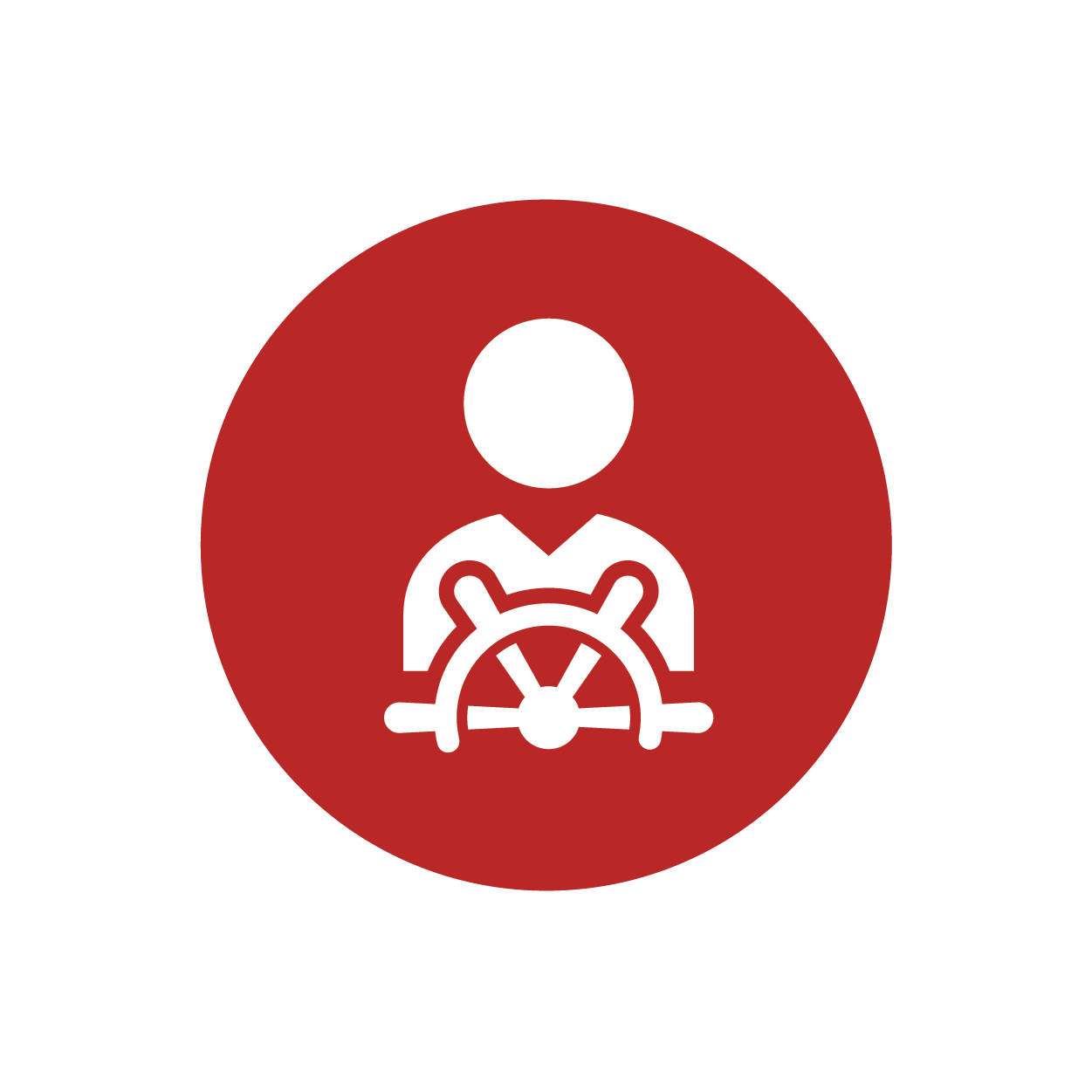What you need to know about bankruptcy in New Zealand
Bankruptcy is often the solution New Zealanders default to in their mind when they think there is no way out of debt, but we should think about it as a last resort rather than the first port of call.
In her 15 years of helping New Zealanders deal with financial problems, Christine Liggins can count the number of times she has advised a client to go bankrupt on one hand.
If you’re struggling with debt and feel like bankruptcy is your only option, talk to Debtfix and we’ll see if there is a better option for you.
How does bankruptcy work?
Bankruptcy helps to clear your debts if you can’t pay back the people or organisations you owe money to. You may still have to make some smaller more manageable payments to the official assignee.
You can apply for bankruptcy, or an organisation you owe money to, can apply to the High Court to make you bankrupt if you have debts of more than $1,000.
If you have debts of less than $50,000, you should consider a Debt Repayment Order (DRO) or a No Asset Procedure (NAP) before you consider bankruptcy.
Once you are bankrupt, creditors can no longer chase you for any debts included in your bankruptcy, or add further penalties or interest to the existing debts.
There are some debts you will have to continue paying during bankruptcy:
Court fines
Child support / maintenance
Secured debts such as a mortgage on your house (or you will lose the security)
Usually, you are discharged from bankruptcy automatically after three years from the date you submit your completed statement of affairs, which has details of what you owe and who you owe money to. Once you are discharged from bankruptcy, you will be released from the unsecured debts included in the bankruptcy and you won’t have to pay any more of the outstanding debt owed.
Why is bankruptcy a last resort option?
Of all the debt solutions and insolvency procedures available in New Zealand, bankruptcy has the biggest impact on your daily life and the most far-reaching effects.
Bankruptcy will appear on your credit report for seven years, and will significantly impact other areas of your life including:
Employment – you will need permission from the Official Assignee to manage any business, to be self-employed, or to be employed by a family member.
Travel – you will need permission from the Official Assignee for any overseas travel. Assets – almost all your assets (exemptions listed below) become property of the Official Assignee. They may choose to sell any property you own and put the money towards your debts.
Inheritance – you must inform the Official Assignee of any inheritance or winnings you receive – even Lotto! They may take some or all of it.
Bank accounts – your bank may choose to close your accounts and other banks could be unwilling to take you on as a customer. Likewise with utility and insurance providers.
Business partners – your business partnership/s will be dissolved when you enter bankruptcy. Your shares will be sold to repay your debts.
IRD number – your IRD number will be cancelled and you will be issued with a new one.
Privacy – your information will be available on the insolvency register during your bankruptcy and for four years after you are discharged.
If you are becoming bankrupt again or have already been in a NAP, the record of all of your procedures will stay on your credit record permanently.
How can a lender make me bankrupt?
If you owe a lender more than $1,000, they can go to the High Court to apply for you to be made bankrupt.
The money you owe could be anything from outstanding payments for a Sky TV subscription with compounding penalties, to defaulting on payments for the family car.
They must first prove the debt, then the lender would serve a bankruptcy notice on you. Once you receive a bankruptcy notice, you have 10 working days to pay the debt or apply to the High Court to set aside the bankruptcy notice.
If you don’t take any action within the 10 days, you have committed “an act of bankruptcy” and the lender can then apply to have you declared bankrupt.
It pays to pay attention if you are served with a bankruptcy notice and this is definitely not a good time to ignore the problem hoping it will float away.
Who is the Official Assignee?
In bankruptcy, the Official Assignee acts as the trustee, making decisions about your debts and assets and dealing with your creditors on your behalf. The Official Assignee is the administrator of any insolvency procedures. They are part of the New Zealand Insolvency and Trustee Service.
What can I keep during bankruptcy?
There are some limited assets you can keep during bankruptcy:
Essential personal items such as clothing and household items
Work tools
A vehicle up to the value of $6,500
Money up to $1,300
Considering bankruptcy? Talk to Debtfix first, we’ll help steer you into less treacherous waters.


